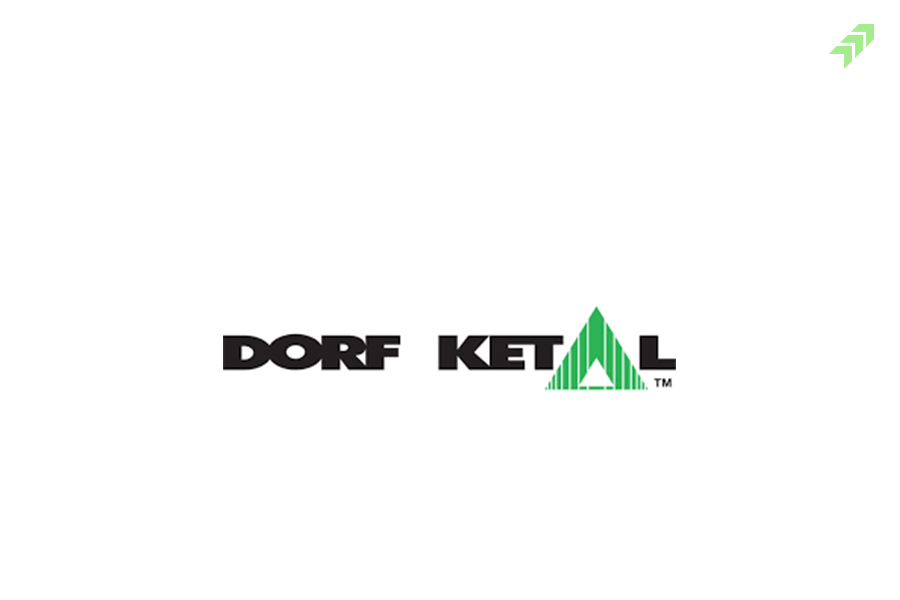The central bankers are in a precarious position to respond excessively or insufficiently where the circumstances require. However, during the most recent meeting of the Federal Reserve Open Market Committee (FOMC), James Powell "pivoted" to a dovish stance by maintaining interest rates unchanged in order get time to determine the next steps to be taken. Furthermore, the committee indicated the possibility of three rate reductions in 2024, underscoring the dynamic nature of the growth and inflation outlooks. Interest rate hikes are a well-known method by which central bankers curb demand-side inflation. However, in the wake of recent supply-side inflation, the only tool at their disposal was to influence market psychology in an attempt to reduce inflation. Although inflation has begun to moderate, it is premature to declare triumph over the phenomenon, as it continues to surpass the objective set by the central bank. Consequently, interest rates are anticipated to persist at elevated levels for a more extended duration relative to the overall market. There are adverse risks to growth and upside risks to inflation heading into 2024.
Consumers are already experiencing the repercussions of shrinking household access savings through increased delinquencies on credit card debt and auto loans. A cycle of corporate defaults has begun, and employment is beginning to ease. In the coming months, the impact of maturing corporate and government debt and student loan payments will become apparent. The confluence of these dynamics increases the likelihood of a meaningful decline in consumer expenditures, a key driver of US growth.
The market anticipates a prolonged period of elevated interest rates due to the convergence of economic and non-economic factors that sustain such rates at elevated levels. As public sentiment dissipates, inflation eases, and analysts start to discount lower earnings, the interest rate cuts will induce the investor to get off the stock market and lock in higher interest rates for longer.
China's post-reopening recovery in 2023 has been disappointing due to challenges in housing and local government financing, placing the economy on the verge of a debt deflation cycle. To circumvent this, government officials have proposed cyclical stimulus and structural reforms. The plan involves policy stimulus to support aggregate demand, rebalancing the economy towards consumption through fiscal transfers, restructuring balance sheets, reforming public sector SOEs, and rekindling the private sector's animal spirit. The Chinese government is increasing its fiscal deficit by RMB1 trillion through the issuance of special Chinese government bonds. Demographics also pose a challenge, with an aging population diminishing capital returns and limiting growth. More policy measures are required to bolster confidence among potential home purchasers. Industrial prices may have troughed, and sustained infrastructure investment is essential. Chinese exports declined significantly in 2023 as developed-world consumers transferred their spending from commodities to services.
The Euro Zone economy has been stagnant over the past four quarters, and growth is expected to remain lackluster in 2024. Private consumption and residential investment were hurt by the unprecedented scale of interest rate increases by the ECB, leading to a decline in loan demand by companies and households and drastically restricting banks' lending conditions. Slow global growth and feeble China have too played their roles, which impact on exports. Inflation has fallen swiftly since its apex. Core inflation has been more stable but is also on a downward trajectory. The end of interest rate increases by the main central banks has resulted in a rise in consumer and producer sentiment, although sentiment remains relatively feeble. The bottoming out of consumer confidence implies that households will probably spend a larger share of their income again after the saving rate soared higher in 2023H1.
Previous years have been full of uncertainties, starting with the Russia-Ukraine war in 2022, the Israel-Hamas war in 2023 and now the Houthi group attacking ships in the Red Sea, increasing concerns about supply-side inflation. The Red Sea is one of the most significant conduits in the global transportation system, with one-third of all container traffic traveling through it. Any sustained disruption in trade could send a cascading effect of higher costs throughout the global economy. Avoiding the Red Sea and taking the round journey can cost $1 million more in additional petroleum expenditures. Major shippers, including Maersk, have announced intentions to circumvent the Red Sea and the Suez Canal, diverting around $200 billion in trade.


















No comment yet, add your voice below!